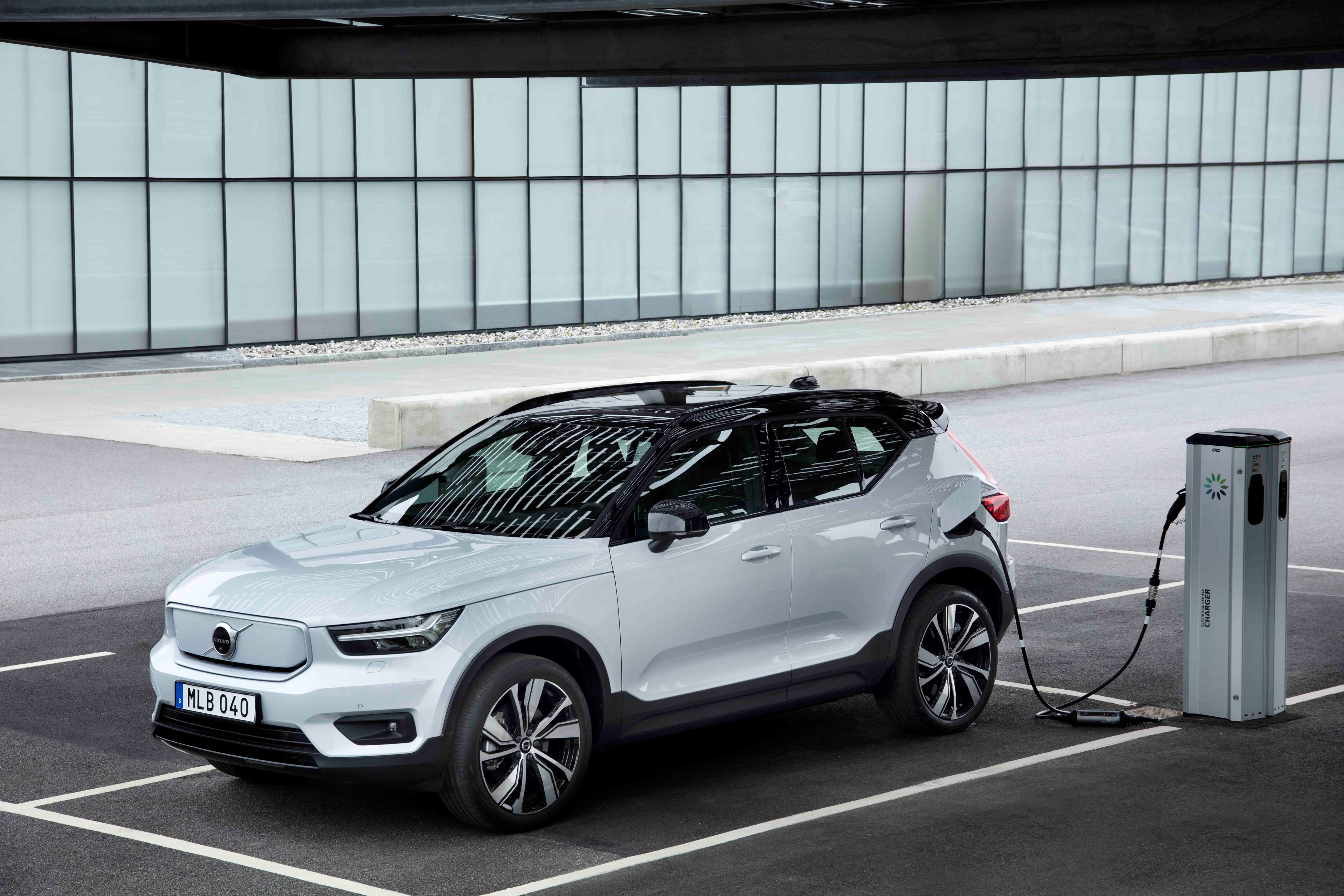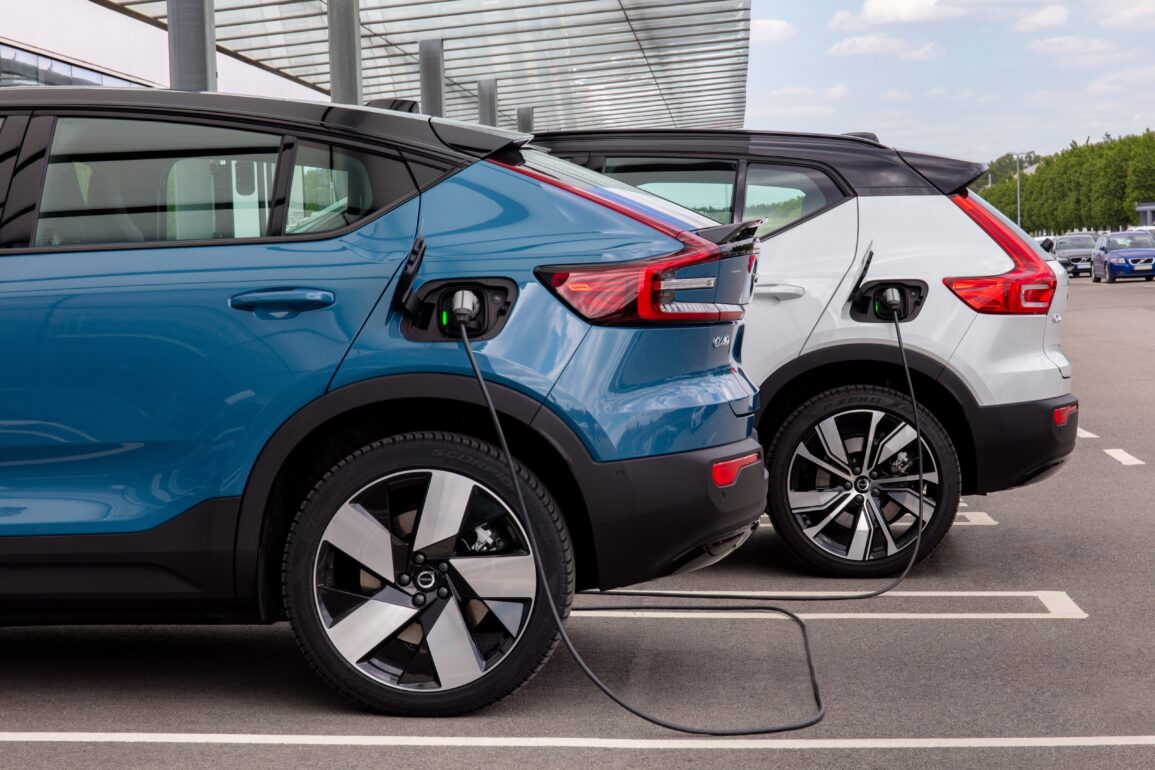Norway's success story is primarily the result of a large incentive package developed to promote zero-emission vehicles to the market. Incentives have been gradually introduced by various governments and broad coalitions of parties from the early 1990s until today. Therefore, they have been building a long-term transition to a new electrified mobility for several decades.
We are all quietly aware that a great turn is coming. That nature forces us to act, that we have crossed the threshold where we must act as soon as possible. Global warming is a fact! This is also why the question is appropriate, how the transition to green e-mobility actually succeeds for those who are considered the best here. So we checked how Norwegians switch to the culture of electric mobility. And they found that it is not just about individual measures, but a commitment to a long-term goal that is above all suprapolitical and consensual. Of course, e-mobility is not the answer to global warming. We all know that. It represents a small part of a comprehensive approach to the global turn to green. And that part that itches "the most" or hurts in some way, and is at the same time the most obvious and also visible. An electric car on the roads of Slovenian cities is a reminder of the future, and that is why we must accept these cars. Different from what we do today. How did the people of Noveža, who lead ve-mobility, do it?
- Transition to electric cars
- When will we drive electric cars?
- Green transition
The Norwegian parliament has set a national goal that all new cars sold in 2025 must be emission-free - that is, electric or hydrogen. By the end of 2020, there were more than 330,000 registered battery electric cars (BEVs). Battery electric vehicles had the majority in 2020 and thus excellent 54% market share. The speed of the transition is closely linked to policy instruments and a wide range of non-fiscal incentives. Moreover, they are also very practical. And quite everyday.
The share of sales of electric cars has been increasing for years 2021 concluded at 64.5 percent – which is of course a new Norwegian record. 2021 was the year electric cars really took off in new car sales, with some months where electric vehicles outpaced 70% market share. December ended at 67 percent, and a record was set in September with a 77.5 percent share of electric cars in new car sales.
The current Norwegian government decided to keep the incentives for zero-emission cars in place until the end of last year. In 2022, the incentives will be revised and adjusted in parallel with the development of the market. The VAT exemption for vehicles with zero emissions in Norway was approved by the EFTA supervisory authority (ESA) until the end of 2022. Slovenia is also following in these footsteps - but not so bravely - only for companies and by no means as general as Norway. For a serious transition, we will need more courage and vision. And a lot of common and related steps and measures.

Lots of benefits for electric car drivers – 50 percent cheaper services related to e-mobility
Since 2017, Norwegians who drive electric cars can use bus lanes and are entitled to free municipal parking. Also, the prices of suits and tolls for the 50% are lower than for cars with an internal combustion engine. The rule of a maximum 50 % parking fee in public parking lots for cars with zero emissions is expected to be implemented by many municipalities already in 2019. Thus, the multitude of measures enforces and changes the mindset of the nation, which step by step sees the benefits of the green transition. Without these little encouragements, success is not possible. It is necessary to see the issues every day in practice. And they have to reward a little and punish a little.
Excellent infrastructure for charging electric cars
For longer journeys, however, a well-organized charging network must be established. And here the Norwegians have done a great deal. Even if EV owners charge mostly at home and don't need fast charging every day, they feel it's essential to have the ability to fast charge when needed. At that time, they are willing to pay a higher price for the fast charging service. On average, three times more than they pay for electricity at home. But that doesn't bother them. It is clear to Norwegians that in the future they will plan longer trips by car a bit more. This means that they will reserve a charging station and it will be waiting for them at a certain time and in a certain place. This is part of the e-mobility culture change. And something that is completely normal when we switch to electric mobility. At the same time, it is a fact that electric vehicle owners mostly charge their vehicles at home. Rarely on public infrastructure.

By 2017, the Norwegian government has launched a funding program to establish at least two fast charging stations every 50 km on all major roads in Norway. Fast charging stations have been successfully established on all major roads in Norway. And this program continues. Of course, there are also incentives in the private sector. With this amount of cars, of course, companies are also fighting so that as many customers as possible "pour" energy from them.
The Norwegian tax system for cars
The general signal from most political parties is that it should always be economically beneficial to choose zero- and low-emission cars over high-emission cars. It is a basic guideline. And if you have this goal in front of you, then you can create legislation that goes in the direction of this kind of goal. And of course multifaceted. In part, this is achieved through the basic "polluter pays" principle of the car tax system. High taxes on high emission cars and lower taxes on low and zero emission cars. By imposing taxes on polluting cars, incentives for zero-emission cars can be financed without the loss of tax revenue. In a native way. Norwegians equalize the prices of classic vehicles with the prices of electric vehicles with tax legislation. So a Volkswagen Golf powered by electricity costs the same as Volkswagen Golf, driven by an internal combustion engine.
The Norwegian parliament has decided on the goal that all new cars sold in 2025 must be zero-emission vehicles. This is a very ambitious but achievable goal with the right policy measures. Parliament will achieve this goal through a strengthened green tax system rather than a ban on combustion engine cars. These will remain, but they will be extremely expensive, or re-taxed every year during registration.
Norwegian society is changing its view of mobility, just as we are slowly changing our view of smokers. Driving a car that is not green is simply not healthy and civilized. Even less responsible towards society.
The tax charge for all new cars is calculated using a combination of weight, CO2 and NOx emissions. The tax is progressive, making large, high-emission cars very expensive. In recent years, the purchase tax has been gradually adjusted to focus more on emissions and less on weight.
The following example compares an EV model with a similar gasoline model and simply illustrates how the Norwegian tax system allows electric vehicles to be competitive in the market. And why is such a model practically possible in all countries?
Volkswagen Golf vs Volkswagen e-Golf

Due to the progressive tax system, most EV models are cheaper to buy compared to a similar petrol model, even if the import price for an EV is much higher. This is the main reason why the Norwegian EV market is so successful compared to any other country.
Norway's path to electric mobility through history:
- No purchase/import taxes (1990-)
- 25% VAT exemption upon purchase (2001-)
- No annual road tax (1996-2021). Reduced tax from 2021. Full tax from 2022.
- No fees on toll roads or ferries (1997-2017).
- Up to 50 % Total for Electric Vehicle Ferry Tickets (2018-)
- Maximum 50 % total on toll roads (2019)
- Free municipal parking lots (1999-2017)
- Locally, an EV parking fee was introduced with a maximum cap of 50 % full price (2018-)
- Access to bus lanes (2005-)
- New rules allow local authorities to restrict vehicle access to EVs carrying one or more passengers only (2016)
- 50 % reduced tax on company vehicles (2000-2018). Company car tax reduction reduced to 40 % (2018–) and 20 % from 2022.
- Exemption 25 % VAT for leasing (2015)
- Tax compensation for changing trucks for emission-free vehicles (2018)
LEAS – Owners of electric cars in Slovenia
Are you a new electric car owner?! Are you tempted or just interested in e-mobility? Thinking of buying a new electric car? Then join the LEAS FB group and read and share information about e-mobility. Together we are creating the largest community of electric car owners!
Summarized by elbil.no






